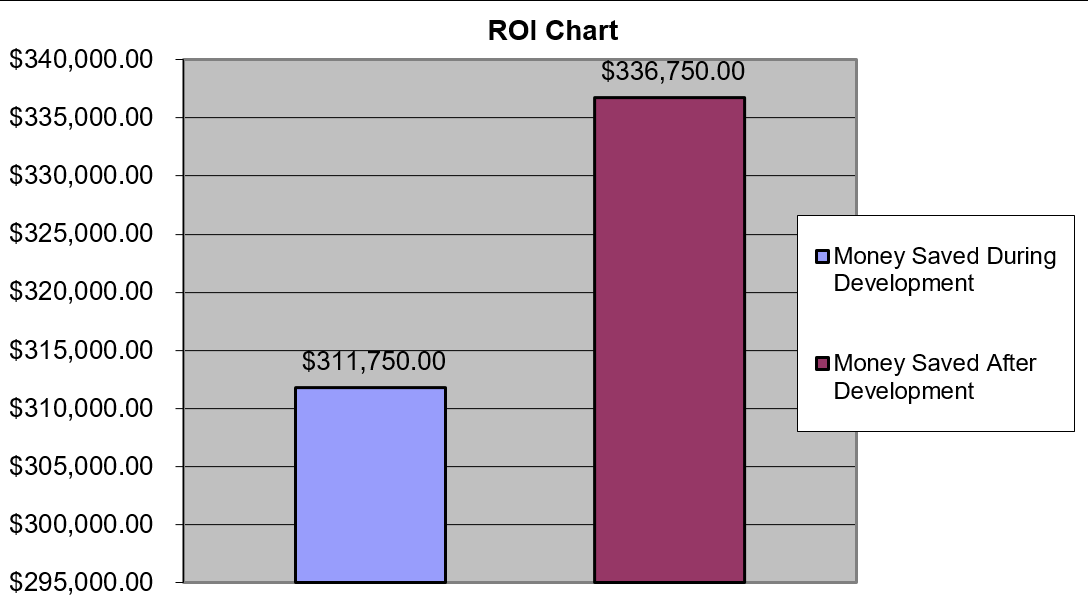Society today has numerous ways of taking care of its trash, including recycling glass and plastic and burning organic waste, just to name a few. While this is effective in most commercial and residential settings, hazardous waste is fundamentally different. A hazardous waste can negatively impact human health and the natural environment. Examples include chemicals, pesticides and cleaning fluids. Hazardous waste disposal requires special precautions to avoid their accidental or illegal release. There are numerous State and Federal guidelines to follow concerning the disposal of hazardous waste, including the Resource, Conservation and Recovery Act (RCRA). The Environmental Protection Agency (EPA) added approximately 60 items to the RCRA, as part of the Hazardous Waste Generator Improvements Rule. These improvements touch on almost every aspect of hazardous waste management at generating facilities, and this course instructs you on these new additions.
Course Description
Employees should be able to identify the different kinds of hazardous waste. This course explains four key characteristics which help you identify if a waste is hazardous. Through the information presented in this training lesson, employees learn about the safe practices for the storage, disposal, and transportation of hazardous waste. This course also covers the basics for emergency preparedness for Small Quantity Generator facilities.
Utilize the information provided here and competently and confidently work with hazardous wastes.


